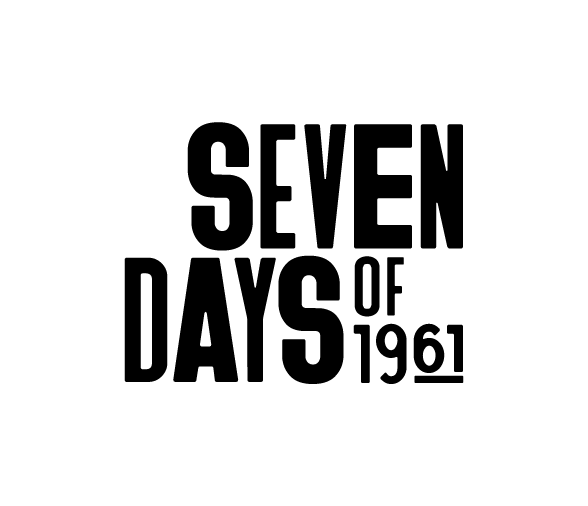U.S. history is a story of contradictions.
A 245-year struggle between the lofty ideals expressed in our founding documents and the harsh reality of life for millions of African Americans and other people of color who have been systematically denied the rights enjoyed by white citizens.
The end of the Civil War brought the 13th Amendment to the Constitution that abolished slavery. Then Reconstruction and the passage of the 14th and 15th Amendments that on paper extended civil rights to African Americans.
But the Reconstruction era of new rights and privileges for African Americans was short-lived and replaced in much of the country with a system of racial apartheid, a network of laws and customs that relegated Black people to second-class citizens – enforced by fear, intimidation and the threat of death.
Separate and unequal was the law in much of the land. But the pushback against brutal Jim Crow racism and an unjust system continued for decades.
In 1946, the U.S. Supreme Court’s Morgan v. Virginia ruling found racial segregation on interstate buses violates the Constitution's interstate commerce clause.
In 1954, the Supreme Court’s Brown v. Board of Education ruling ended segregation in public schools, marking what many consider the beginning of the civil rights era. The ruling largely overturned the court's 1896 decision in Plessy v. Ferguson that for decades had propped up Jim Crow laws. The court’s ruling in the Brown case was once again largely ignored by many states, especially in the South.
Sporadic sit-ins and protests led by young people continued throughout the 1950s, challenging the system of racial apartheid.
By the 1960s, a movement had coalesced, and Black organizers, many of whom were college students, began setting up more formalized protests to challenge white supremacy.
The civil rights protests of 1961 were led by everyday people who helped integrate schools, libraries and interstate travel accommodations and created a movement of youth leaders who helped push for major reforms throughout the remainder of their lives.
It was a year of action.
Mike Thompson, the editorial cartoonist/animator for USA TODAY and the Detroit Free Press, is a member of USA TODAY's Editorial Board. Follow him on Twitter: @ThompsonToons
USA TODAY is collaborating with the National Center for Civil and Human Rights in Atlanta for a free virtual event on voting rights. This is the second of three virtual events USA TODAY will host as part of the “Seven Days of 1961” project. The event is scheduled for Nov. 17 at 7 p.m. Eastern. Register here.
